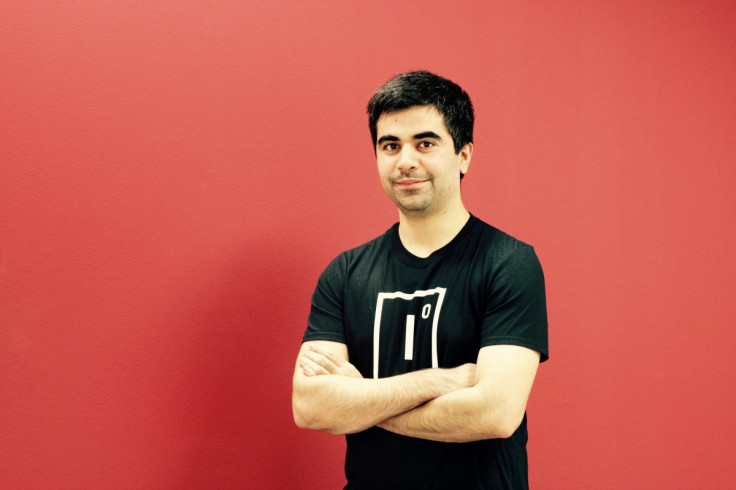Simulation startup Improbable wants to make The Matrix possible

Virtual reality on the scale of the science fiction film The Matrix has moved into the realm of the technologically possible, according to a London startup, following the launch of a massive-scale simulation platform.
The SpatialOS platform, developed by Improbable, was unveiled at the Slush startup conference in Helsinki on Wednesday (11 November). It is effectively an operating system that allows developers to build detailed, dynamic worlds on an enormous scale, in real time, by harnessing the power of hundreds or even thousands of cloud computing servers.
"We are laying the foundations of the technology that would build worlds like the Matrix," Herman Narula, co-founder and CEO of Improbable, told IBTimes UK. "Today, we can use SpatialOS to network large amounts of computing hardware and power to build a single world with amazing levels of size and detail.
"With SpatialOS, millions of entities can exist in the same world simultaneously and persistently for the first time. That persistence is important. For a world to feel real, like the Matrix, actions need to have permanent consequences. Put simply, a broken window has to stay broken until it is fixed."

Narula describes virtual reality (VR) in its current form as a portal to a "limited and lonely world", not a portal to places and environments that are rich and vivid in detail and experience. Through what he refers to as strong simulation, SpatialOS can support a new smart infrastructure that can support millions of interacting processes.
Improbable has been working on the technology for the last two years and in March raised $20 million from the billion-dollar venture capital firm Andreessen Horowitz. The investment raised eyebrows at the time, though few had any idea what the company was working on. The launch this week gave some clue to the potential of the technology, even if the applications remain a way off.
The cloud-based infrastructure is able to build simulations of everything from cities, to social networks, to entire economies. By simulating such systems, rather than simply analysing the data of existing ones, SpatialOS could conceivably predict the future. By modelling all the possible permutations of these systems it could point out issues or problems that might arise. Had the operating system been around before 2008, Naruda claims it could have perhaps even prevented the financial crisis.
For now, the applications of the technology are limited to a video game by the name of World's Adrift. Using Spatial OS, the creators of World's Adrift have built a virtual world the size of Wales. Within it are four million entities, which are of course both simultaneous and persistent. Imagine four million broken windows.
"We've dreamed of this game for a very long time," a spokesperson for Bossa Studios, the company behind World's Adrift, said at Slush. "But it was never possible to realise. SpatialOS has made it possible."

Improbable also announced at Slush that it will be collaborating with academics, city planners and developers to build a fully working model of an entire city powered by SpatialOS. The hope is that it will be used to map the interaction of traffic patterns, energy consumption, pollution, waste management and other logistical and environmental aspects of a modern city. The insights garnered could eventually be used to guide policy decisions and transform infrastructure.
Despite the complexity of the technology, Improbable is aiming to make it as easy for developers to work on as web applications. Beyond VR, SpatialOS will also bring simulations to a range of devices, including PCs, tablets and smartphones.
"We want to make simulations possible on an unheard of scale," Narula said. "From rainforests, to housing markets, to cellular biology.
"Futurists talk about 'strong AI' as the moment where artificial intelligence stops being a useful tool and instead transforms the world. We view strong simulation as the same kind of transformation for simulation technology.
"In our view, this is the next big frontier in computing."
© Copyright IBTimes 2025. All rights reserved.






















